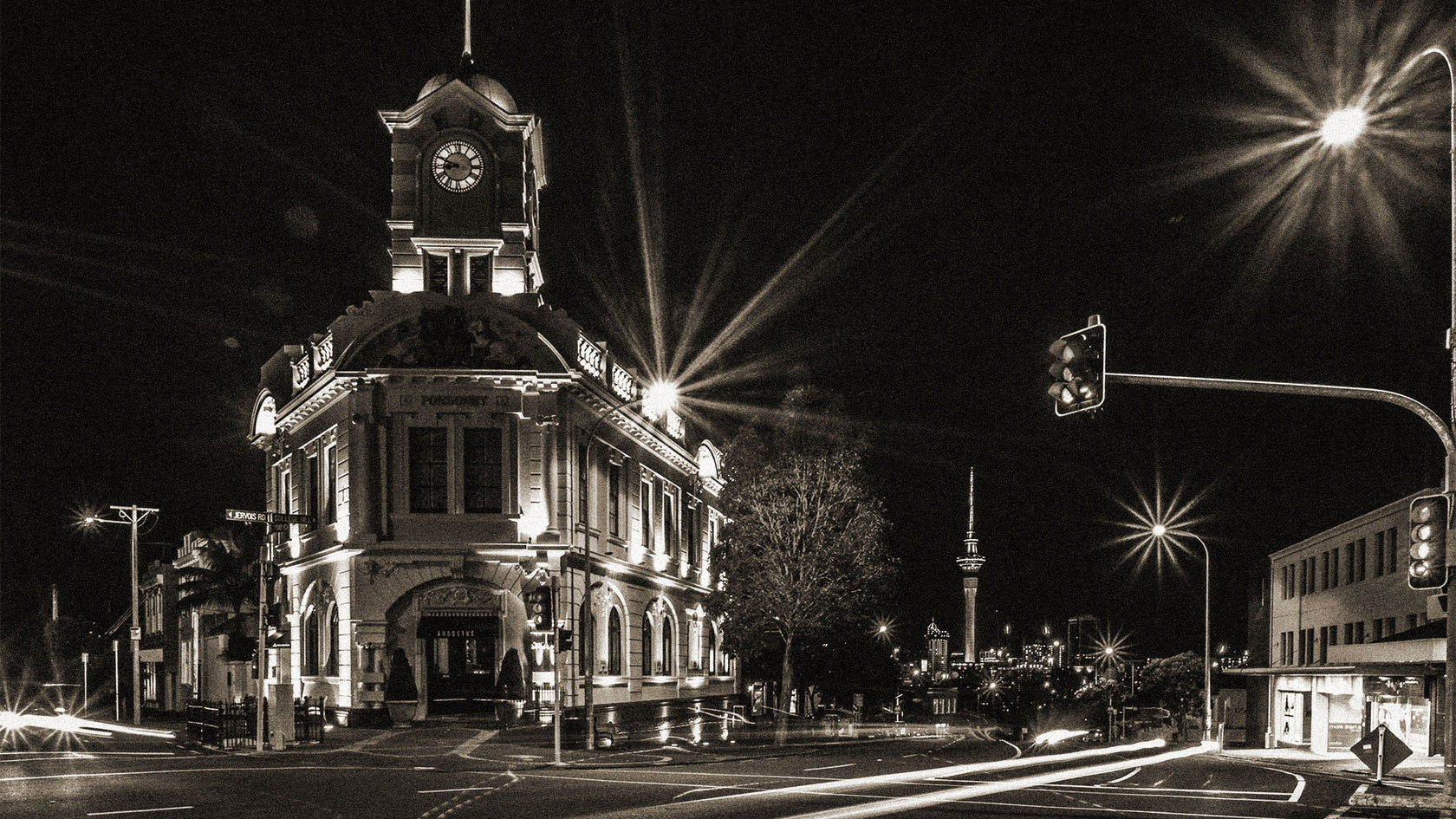I love England for its shiny red buses, London's Underground system and, best of all, its efficient (well, to us anyway) train system – although I fear that the English don’t really appreciate how lucky they are.
Within a few minutes of getting off the ship in Southampton, I was on a train to my lodgings in Weybridge for a quick sabbatical before making the long trip home. Thanks to the Victorian Industrial Revolution my base is only a short train ride from historic Britain.
Case in point, only 12 miles south of central London and only a few minutes train ride from my accommodations, is Hampton Court Palace. Luckily they built the palace close to the train line so it was an easy half hour hop, skip and jump to its impressive entrance.
Started in 1514 for Cardinal Wolsey, Hampton Court soon caught the eye of King Henry VIII who took such a shine to the newly finished palace that Wolsey felt he had to offer it to the King or otherwise suffer a similar fate to his paramours and he valued his head a little too much to tempt that fate.
Henry promptly moved in and began making changes such as removing the Cardinal’s coat of arms and replacing them with his own.
He did manage to retain a few of the modern innovations of that period such as the impressive privy which is still on display today. A 17th Century portable wooden chest containing a chamber pot elaborately padded with swan down and kept in the 'Stool Room' – jealously guarded by the 'Groom of the Stools’, a title which intriguingly survived well into the 20th Century.
He also expanded and added to the building's distinctive Tudor chimneys that would give any NZ earthquake engineer nightmares and which still dominate the roof line today. Great columns of twisting spiralling and intricate brick designs, the sight of which tease temptingly through lead-encased windows. Sadly, I was unable to get a closer look at them as it seemed that the staircase that I was caught on had some silly rule about 'staff only’ – the sign for which I seem to have disregarded, so I was swiftly ejected.
Henry dispatched a number of his wives from here including Catherine Howard whose ghost still haunts the Processional Gallery. It is from here that she unsuccessfully chased him down to beg for his mercy before she, too, like so many others, would lose her head. Her ghostly apparition is still seen occasionally along with at least four other demented spectres including other wives of Henry and various staff who have made their permanent home here. This place is a veritable menagerie of ghouls, or so we are told.
In 1690, William III began a building project on the site to rival Versailles and he demolished a good portion of Henry's Tudor palace, exchanging it for the new Baroque style and giving the building its now distinctive profile.
Successive monarchs continued to renovate and expand. The Regency period’s William and Mary added their own touches courtesy of Christopher Wren who was fresh from his efforts in rebuilding London after the Great Fire.
The interior architecture is just as magnificent as the exterior, if lacking only in furnishings, though it’s not short on ancient tapestries hung to keep the draughts at bay. Several state beds are still in their original positions as is the throne canopy in the Kings Privy Chamber. Sadly, most of the furnishings that would have decorated these hallowed halls have long since been distributed to various other royal palaces dotted throughout the land.
Surrounding the building are a number of pleasure gardens populated by locals and day tourists alike picnicking and strolling amongst the original and new garden layouts, Tudor sculpture gardens, ponds, mazes, tulip gardens and geometric plantings. The Pond Garden contains the largest grapevine in the world, planted in 1768 by another of the palace’s associated famous names: Capability Brown. The vine still produces and the fruit is sold during its season of August and September, continuing a tradition started by King Edward the 7th.
The palace is too large to be visited in one day and it’s no wonder the locals use the extensive gardens as their backyard and it’s a great day out for any antipodean visitors looking for a close encounter with England’s historic past.
Tomorrow is another of Britain’s tourist traps, Windsor Castle. Another attraction conveniently built right next to a train station and of all things an airport – Heathrow.
The British really have no appreciation of how convenient their transport system really is. (ROSS THORBY)
#ponsonbynews #iloveponsonby #loveponsonby #auckland #aucklandshippestrip #onlyponsonby #ponsonbyroad #Greylynn #freemansbay #westmere #ponsonby #hernebay #stmarysbay #archhill #coxsbay @followers #followers @everyone #everyone #waitematalocalboard @highlight


